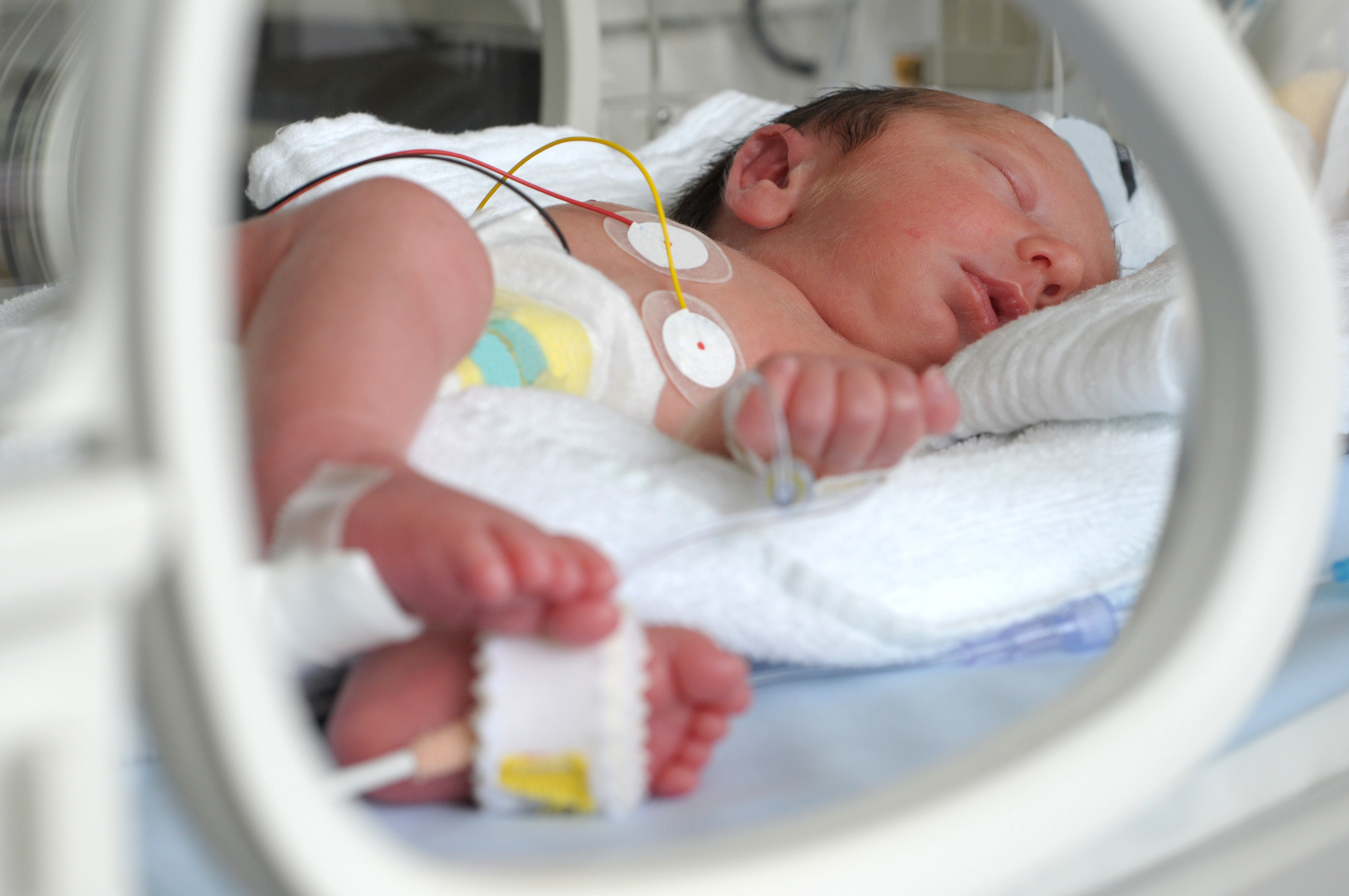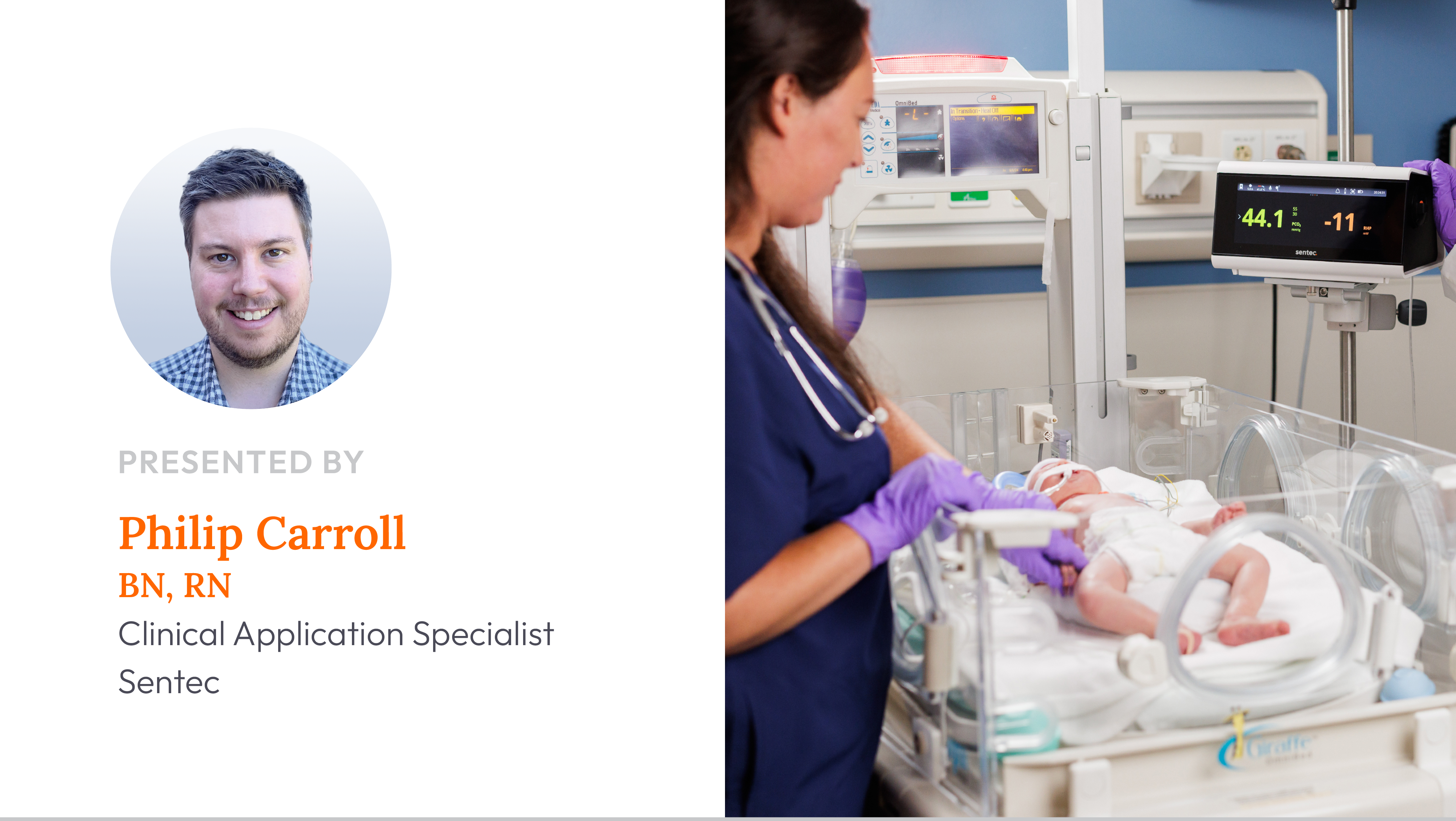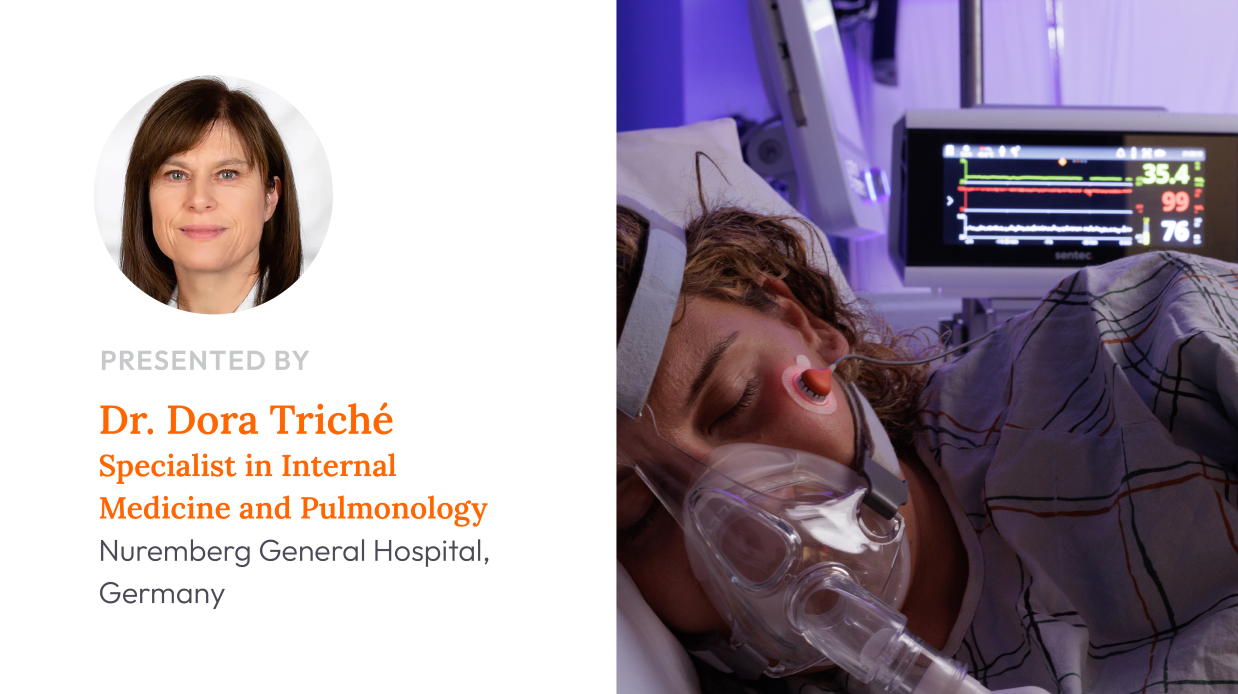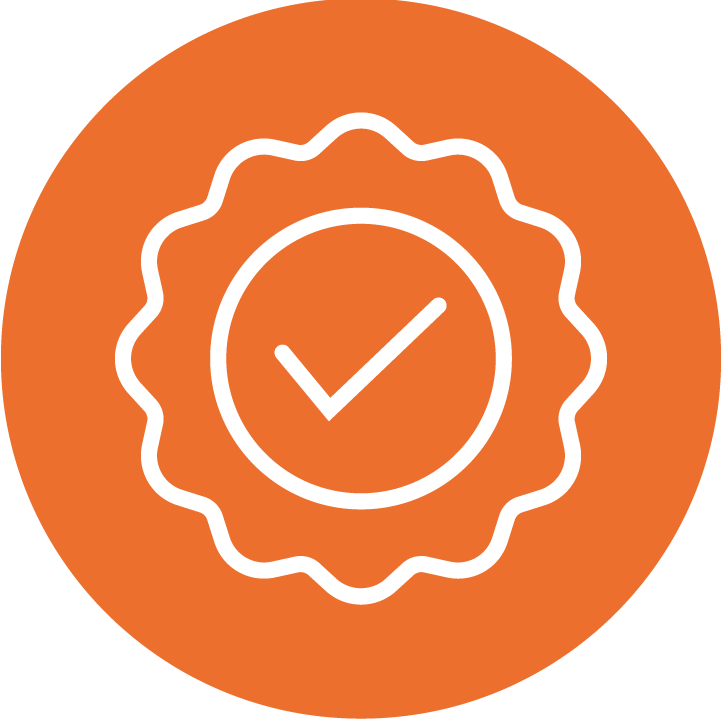Learning Objectives:
- Review common diagnoses associated with abnormal gas exchange seen in the pediatric sleep lab.
- Explain how transcutaneous CO2 monitoring can assist in the management and titration of respiratory support.
- Describe how transcutaneous CO2 monitoring can be implemented into protocols to initiate and titrate respiratory support.
APPROVED FOR THE FOLLOWING CE CREDITS:
1 contact hour Continuing Respiratory Care Education (CRCE) credit by the American Association for Respiratory Care (AARC) | Course #192795000
1 CEC by the American Association of Sleep Technologists, AAST CEC | Course #A31921
OTHER MODULES YOU MIGHT LIKE:
Register
Stay up-to-date with Sentec
Related Posts
- Upcoming Live
Optimizing Transcutaneous Monitoring Performance: Live Q&A with Expert Insights
On Wednesday, August 20, 2025, at 12:30 BST / 13:30 CET, Meagan and Phil will be discussing frequently asked questions that our field teams receive from customers who use Transcutaneous Monitoring.
- On-Demand
TCM in the NICU: Practical Applications, Guidelines, and Considerations
Philip Carroll discusses the CO₂ targets for neonatal patients and how transcutaneous monitoring can provide a continuous view of changes in a patient’s CO₂.
- On-Demand
Optimizing Care for Patients with Respiratory Failure: The Role of NIV and Transcutaneous Monitoring
Dr. Dora Triché shares her expertise on how Non-Invasive Ventilation (NIV) and Transcutaneous Monitoring can improve outcomes in patients with respiratory failure.








